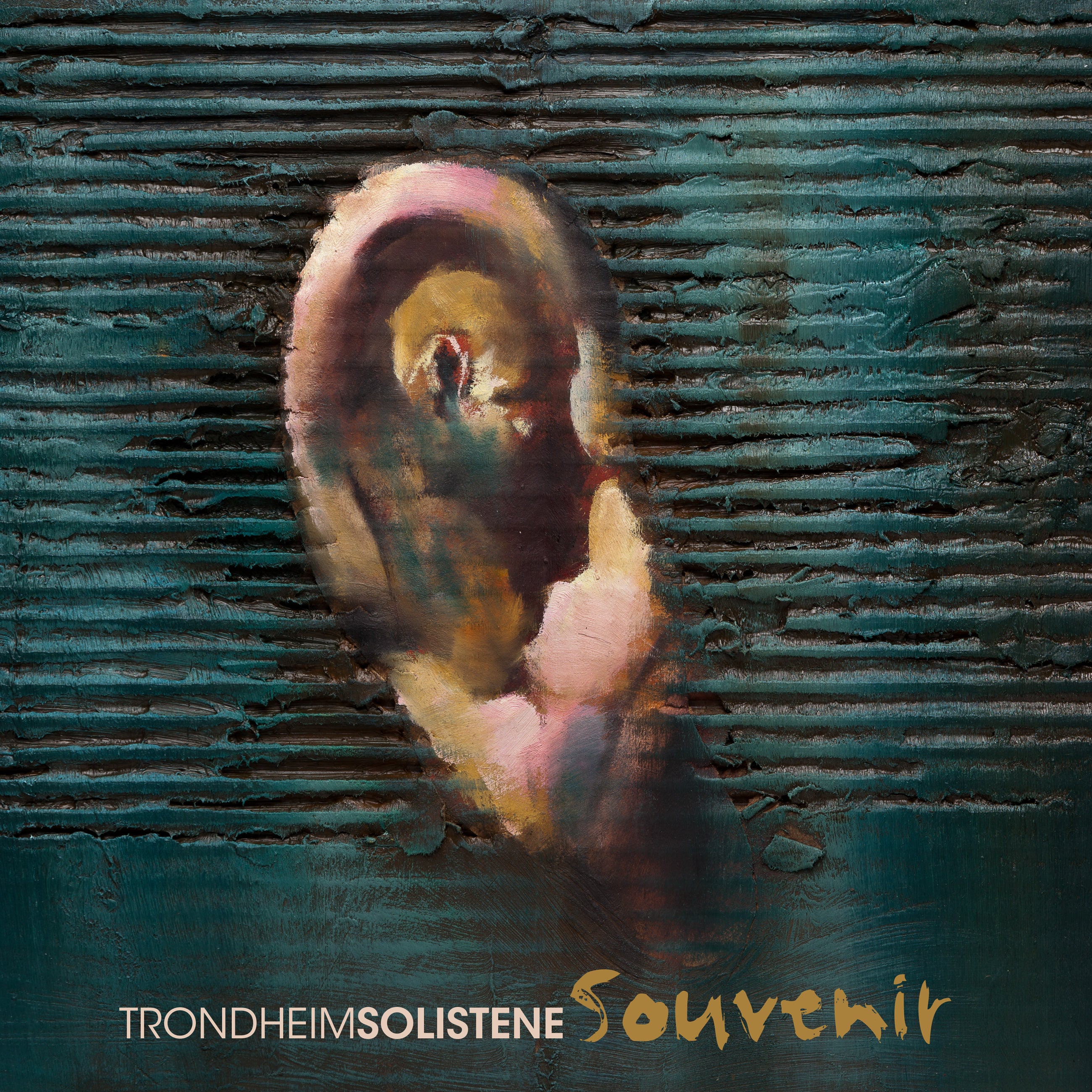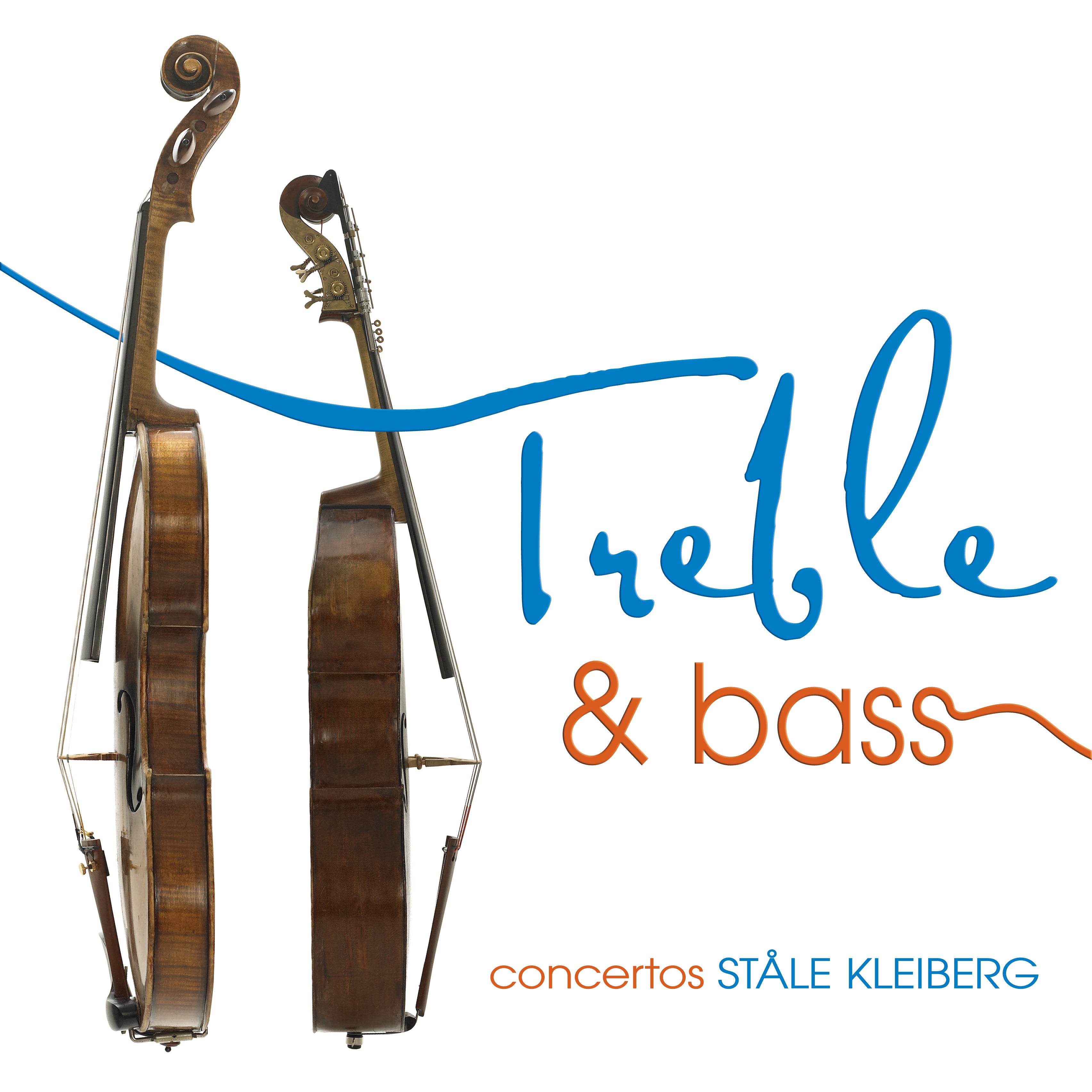For ATMOS music this is different - for best quality demands are higher.
I'm not sure I get the point of Atmos music. It's dramatic and covers up some problems with a stereo setup of EQ and base management. But it seems to me that the more dramatic effects don't relate to a real performance. A good stereo recording on a good setup has a lot of spatial information without the inauthenticity of the Atmos releases I hear from Apple Music.
I'm sure ART is impressive, although I doubt it's ever installed by a homeowner. I haven't tried the standard Dirac base management upgrade but I should.


